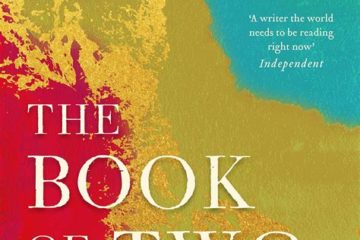A study in advertisements found that people turned off their critical mindset and were more likely to accept ideas when their brain was engaged in a story (Info from Jeremy Hsu, Scientific American, “The Secrets of Storytelling: Why We Love a Good Yarn”).
This week I have my first set of data. A local school, and parents, kindly allowed me and a volunteer storyteller to do a test run. Cornish storyteller, Mike O’Connor, wowed kids and adults alike with his fiddle playing and acting techniques. Teachers were sneaking in at the back, out of curiosity in the first week. After each tale the students discussed what they thought of the stories, and how they could relate them to their life. I have now finished transcribing their conversation. This took a lot longer than anticipated. Unfortunately now I’m waiting for IT to fix access problems with NVivo. This computer analysis software will allow me to search for patterns in the student’s word usage over the five week period. In the meantime I am looking at the conversations in the transcripts from a more literary analysis perspective. With books heaped beside me of ideas and possible ways to do this.
So far the most useful thing I have learnt is to change my expectations as I’m doing research. Storytelling doesn’t work in isolation. Social sciences methodology is naturally more flexible. A pure scientific approach as I envisioned initially wouldn’t work and now I understand why. To let the students conversation proceed uninterrupted would be chaos for a start. There is a tendency to talk all at once, over one another. Or to be reluctant to talk at all. These students are very brave to agree to their voices and thoughts being recorded on tape. I’m very grateful for their participation. In the class room environment it is normal for conversations to be guided by the teacher. So I quickly changed tack, allowing the teacher to ask questions, and teacher, storyteller, and me, to answer questions. Occasionally I began to steer the conversation back on track. This sounds like interference! I hear the pure scientist crying across the mountains. But, ah, you see this format allowed everyone taking part to relax. The conversation flowed and ebbed like a real conversation does. This is real world research after all. And research is not just about the relationships between storyteller and listener, but me as a researcher taking part, recognising the people present as individuals with many layers. People aren’t fixed sets of data to be manipulated and I want my analysis to reflect this. The advantage of being present was that it helped me identify voices on the recording, and to jot down observations. As the weeks proceeded I could see what questions worked and what didn’t. It helped me gain confidence in my role as a researcher and ideas on how to proceed from here. Now I begin to explore, through the data, if this technique worked, and if not, why not. It may take some time.


0 Comments